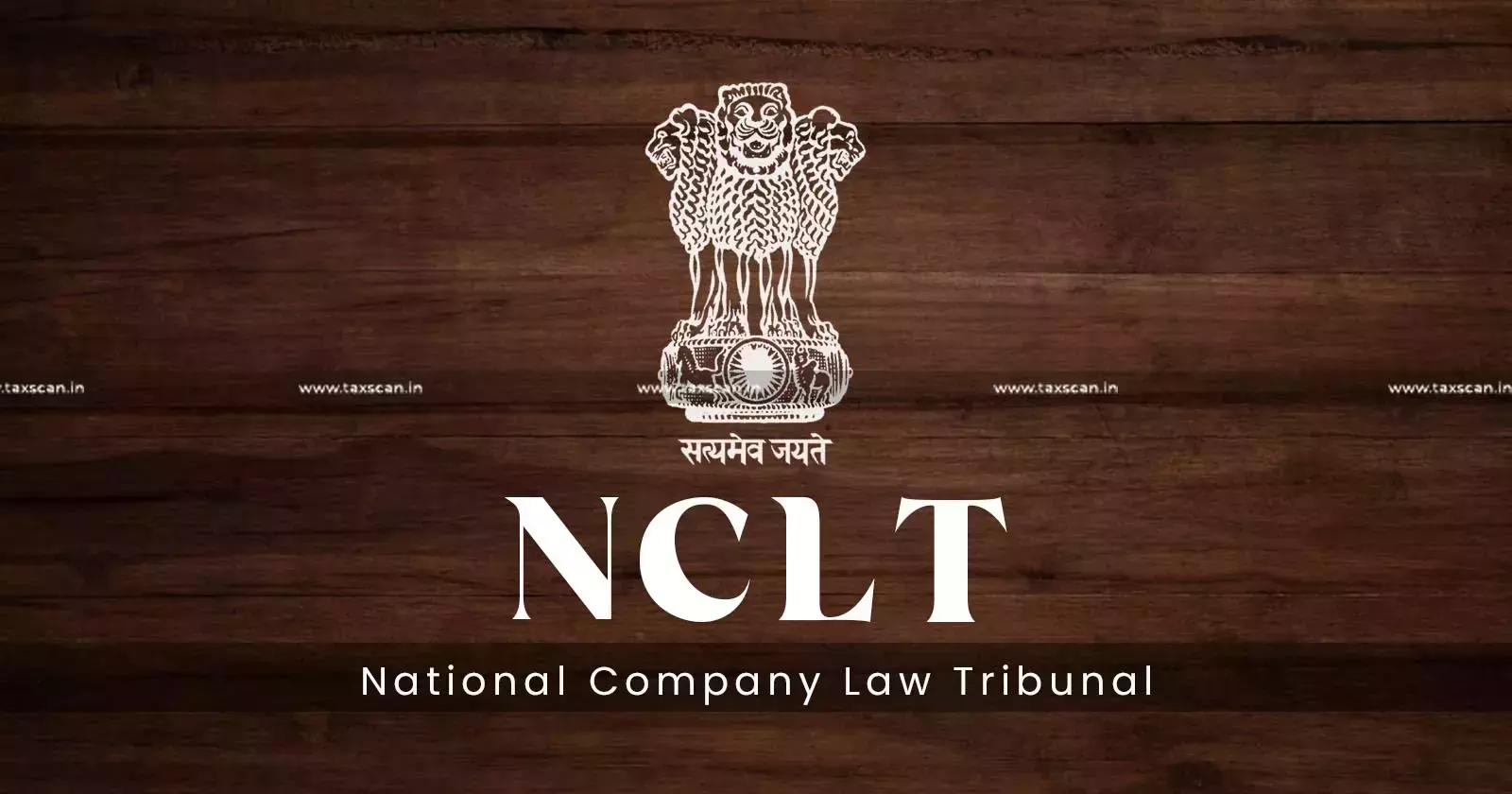"Justice Delayed, Justice Denied”: How NCLT Vacancies undermine the IBC's Promise of Speed?
Some benches continue to operate on a half-day basis or fewer days per week, and other benches continue to struggle with operations because of a shortage of members

The National Company Law Tribunal's ( NCLT ) inability to fill judge and technical posts has a detrimental impact on the prompt resolution of cases under the Insolvency and Bankruptcy Code (IBC). This problem has persisted and runs counter to the IBC's main goal of offering quick settlement for corporate insolvency.
An Advocate named Y. Balachander Reddy filed an application for the Right to Information [RTI], which uncovered the ongoing problem of unfilled judicial and technical positions, especially within the NCLT, which is crucial in deciding possible corporate disputes and insolvency matters under the Insolvency and Bankruptcy [IBC] framework.
 Also Read:Judicial Powers vs. Statutory Deadlines: Can High Courts Extend Due Dates under Income Tax
Also Read:Judicial Powers vs. Statutory Deadlines: Can High Courts Extend Due Dates under Income Tax
The number of open positions is concerning and could have an impact on the prompt resolution of disputes, which could have wider ramifications for India's corporate governance and economic dispute resolution processes.
As of the date the RTI application was disposed of, the applicant sought information on the overall number of cases pending in the NCLT from 2015 as well as the total number of cases waiting in all regional benches from 2015 throughout India. Additionally, the lawyer requested the total number of vacant judicial member positions in the National Company Law Tribunal (NCLT) and each of its regional branches across India.
Comprehensive Guide of Law and Procedure for Filing of Income Tax Appeals, Click Here
How Delay Occurs ?
Under the IBC, the NCLT is the designated adjudicating authority in situations involving insolvency. A lack of members causes the entire process to lag, which causes further delays and issues. Because there are only a few members, each one is overworked and occasionally handles more than 150 cases every day. They are unable to devote enough time and attention to each case because of this overburden, which may result in procedural mistakes and more appeals.
A lack of members means that many NCLT benches only operate intermittently, sometimes for a few days a week or sometimes for a half-day. A bottleneck arises as a result of cases not being heard or resolved promptly. According to the IBC, a Corporate Insolvency Resolution Process (CIRP) must be completed within 180 days, though this cap may be raised to 330 days. Due to the vacancies and the resulting delays, the average time for settlement has, however, increased significantly, often beyond the 330-day ceiling.
The value of the corporate debtor's assets decreases with the span of the insolvency process. According to data from the Insolvency and Bankruptcy Board of India (IBBI), when resolution times lengthen, the recovery rate for creditors falls precipitously. The recovery rate is significantly greater for a process that is finished in 330 days as opposed to one that takes more than 600 days.
Legal experts have strongly criticized these problems, as has the Supreme Court, which has frequently voiced concerns about the "impeded" insolvency resolution process brought on by a lack of facilities and manpower. Although the government has recently appointed a few people, the ongoing problem of open positions continues to be a significant obstacle to the IBC's performance.
The NCLT has continuously operated with a sizable number of vacancies across its various benches, even though it has a sanctioned strength of 63 members (a president, 33 judicial members, and 29 technical members). The Ministry of Corporate Affairs (MCA), on behalf of the government, has been working to fill these roles. There is a push to fill some positions, according to official circulars from late 2024. A circular issued in November 2024, for instance, requested proposals for three judicial and three technical members.
Comprehensive Guide of Law and Procedure for Filing of Income Tax Appeals, Click Here
On occasion, the NCLT's official website posts specific job openings for a range of positions, such as judicial, technical, and administrative workers. The specific benches (such as Ahmedabad, Chennai, Mumbai, etc.) with available posts are usually listed in these circulars.
Thirty-one judicial members, thirty-one technical members, and one president make up the NCLT's 63 authorized members. It is important to keep in mind that the actual number of active members is sometimes far lower than this allowed strength due to factors like retirements and delays in appointment procedures.
In early 2025, the Ministry of Corporate Affairs (MCA) expanded the NCLT to include 13 technical and 11 judicial members. The Supreme Court's call for an expedited process was a major step in resolving the long-standing issue of vacancies. Despite the recent appointments, roles are being actively filled, however there are still vacancies. In order to maintain the NCLT's strength, the Ministry of Corporate Affairs announced a circular in late 2024 seeking applications for new positions.
Some benches continue to operate on a half-day basis or fewer days per week, and other benches continue to struggle with operations because of a shortage of members. This demonstrates that although the recent appointments are a step in the right direction, additional work is required to guarantee that all NCLT benches can function to their maximum potential.
Support our journalism by subscribing to Taxscan premium. Follow us on Telegram for quick updates


